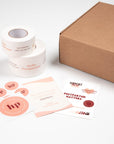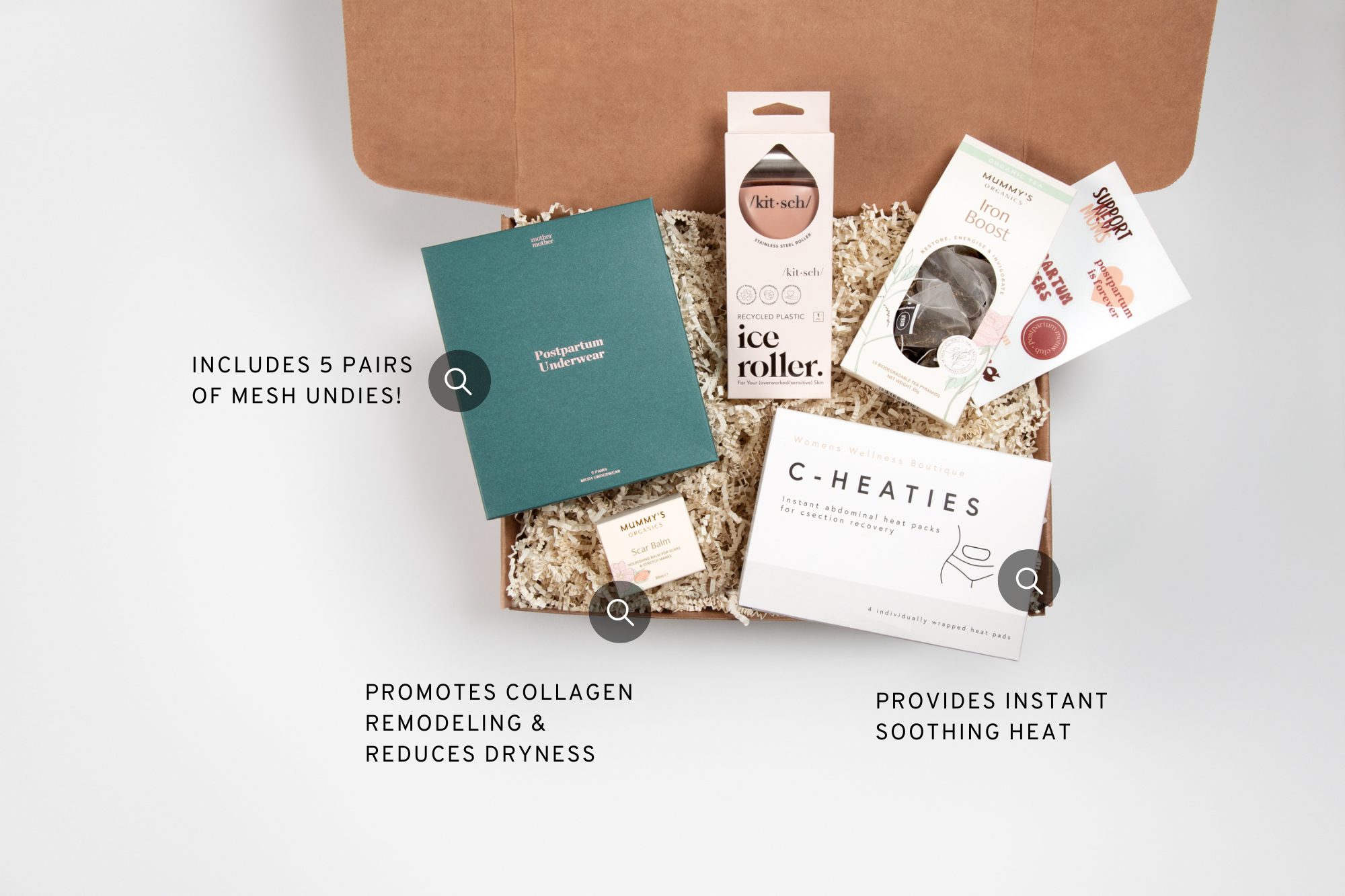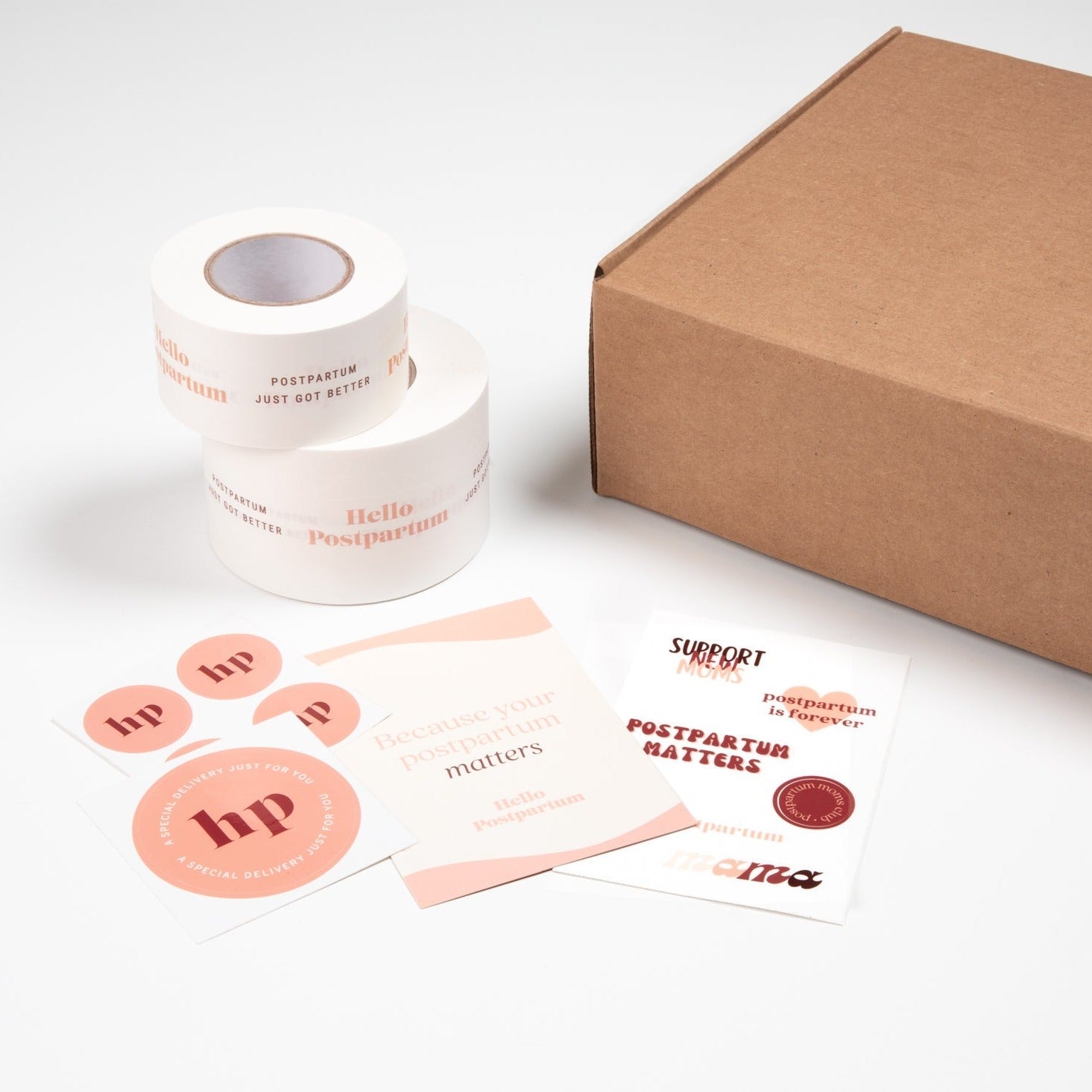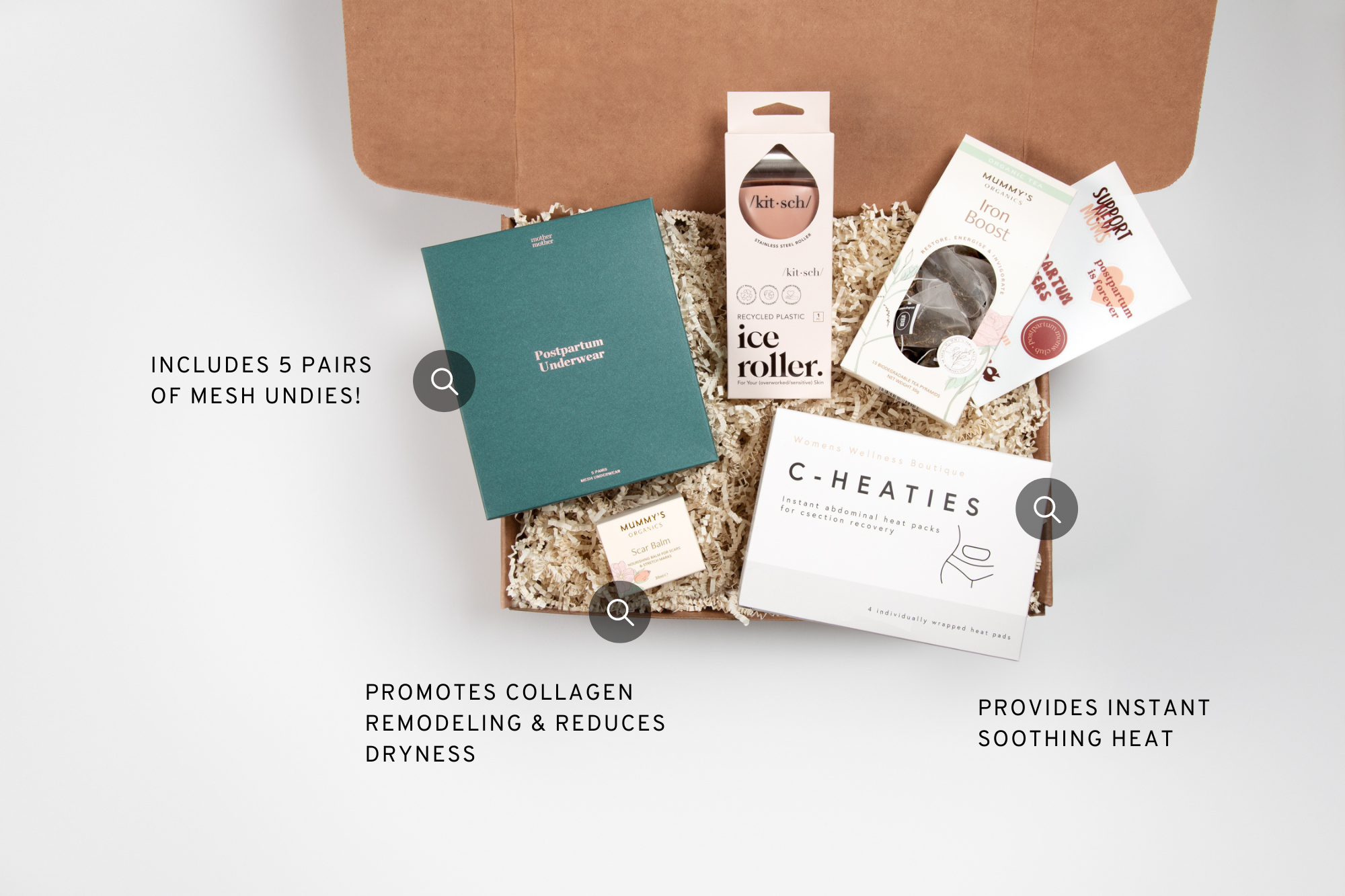



C-Section Healing & Recovery Kit
Whether for yourself or someone else, our new mom C-Section Healing & Recovery Kit has just about everything you need to feel more cared for - and empowered - after a cesarean birth.
This kit pairs well with our C-Section Recovery Guide.
Please note: some items may vary slightly based on availability.
Inside our C-Section Healing & Recovery Kit you'll find:
• Organic C-section scar balm
• C-Heaties soothing heat packs (4)
• Organic iron-boosting tea
• One-size mesh undies set (5)
• Ice roller for incision support
• Hello Postpartum Sticker sheet
We ship all US orders through USPS. At checkout, you can select Ground (free with orders $125+), Priority, or Priority Express. Once your order has shipped, you'll automatically receive tracking information.
We use DHL or USPS for international orders based on the best available rate (unless otherwise specified). Customer is responsible for any incurred VAT, import, or duty fees.
We accept returns for store credit for items that are unopened, unused, and in their original condition within 30 days of purchase.
Targeted care, all in one box
C-section births don't get enough support
Contrary to the lack of standard care offered after a C-section birth, this type of delivery requires a lot of time and support to fully heal. This C-section recovery box will help.
HERE'S WHAT YOU'LL GET
What's inside the box?
Inside our C-Section Recovery Box you'll find:
• Organic C-section scar balm
• C-Heaties soothing heat packs (4)
• Organic iron-boosting tea
• One-size mesh undies set (5)
• Ice roller for incision support
• Hello Postpartum Sticker sheet
Plus, when you shop our ready-to-ship boxes, you'll save money than buying all items individually.


Product spotlight
Okay, tell me more...
Want to know a little more about what's inside?
• The Mesh Undies Set (5) can be rewashed and gently re-used. They're stretchy enough to be one-size-fits-all, and high-waisted enough to clear incisions.
• The Ice Roller is the perfect tool to bring cooling relief to any incision and can promote circulation and healing.
• From Australia, the C-Heaties (4) are designed to deliver 12+ hours of targeted, soothing heat to the incision area.
• The Organic Herbal Scar Balm is a lovely tool for gentle scar massage and scar re-shaping.
• Made by a Midwife, the Iron-Boosting Tea is made with organic nettles and rose to naturally support iron levels.
Supporting small businesses
What makes our boxes different
Everything we carry is sourced from small businesses worldwide, and most aren't available on Amazon.
Also, we pride ourselves on partnering with companies who prioritize high-quality ingredients and materials over mass production. We know that quality matters, especially when a new mom is on the receiving end.
Plus, everything is wrapped with care using recyclable, compostable materials and finished with our branded tissue paper and signature crinkle.




